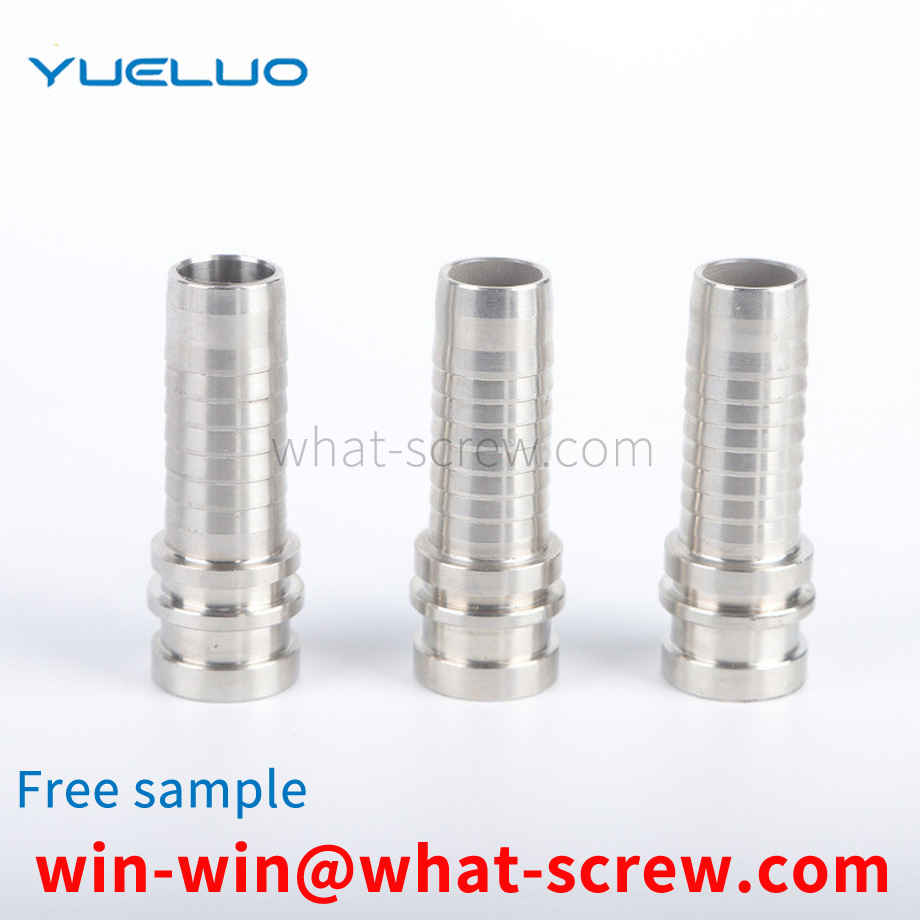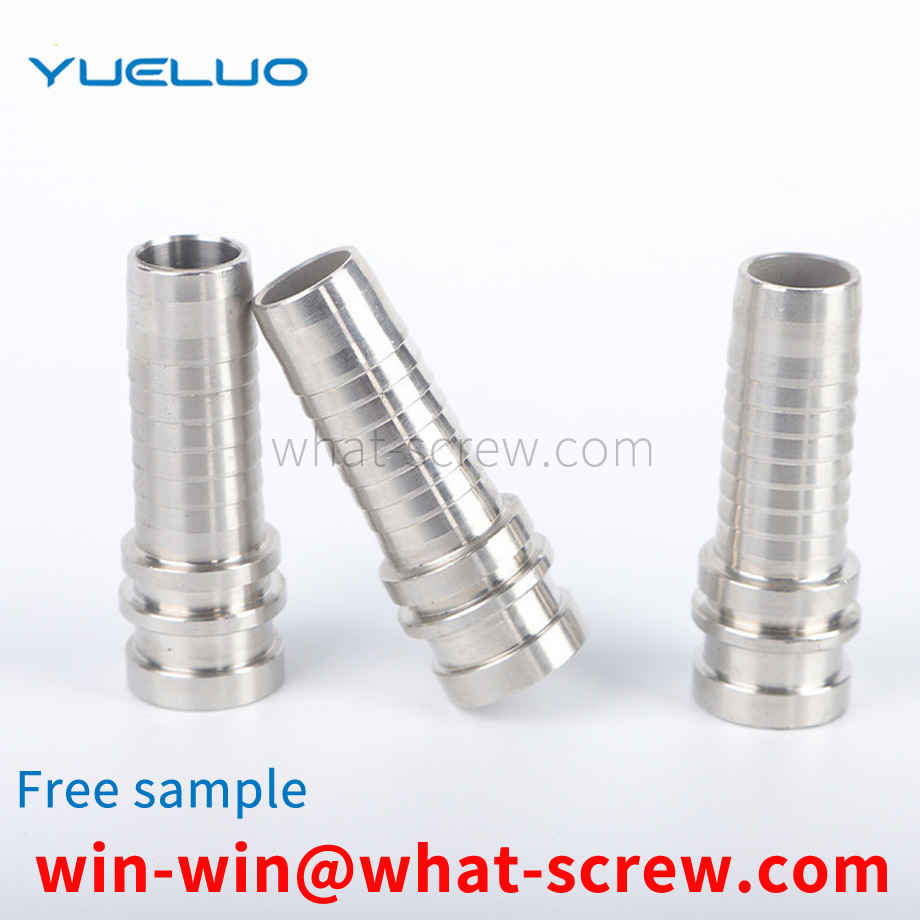It can be seen from the extrusion process that the screw works under high temperature, certain corrosion, strong wear and high torque. Therefore, the screw must: 1) High temperature resistance, no deformation under high temperature; 2) Wear resistance, long life; 3 ) Corrosion resistance, the material is corrosive; 4) High strength, can withstand large torque, high speed; 5) Good cutting performance; 6) After heat treatment, the residual stress is small, and the thermal deformation is small. [1]
The bolt thread is generally cold worked, so that the thread blank within a certain diameter range passes through the rubbing (rolling) wire plate (die), and the thread is formed by the pressure of the wire plate (rolling die). The plastic streamline of the threaded part is not cut off, the strength is increased, the precision is high, and the quality is uniform, so it is widely used. In order to make the outer diameter of the thread of the final product, the required thread blank diameter is different, because it is limited by factors such as thread accuracy and whether the material is coated or not. Rolling (rubbing) thread is a processing method that uses plastic deformation to form thread teeth. It uses a rolling (screwing plate) die with the same pitch and tooth shape as the thread to be processed, while extruding the cylindrical screw blank, while rotating the screw blank, and finally transferring the tooth shape on the rolling die to the On the screw blank, the thread is formed. The common point of rolling (rubbing) thread processing is that the number of rolling revolutions does not need to be too much. If it is too much, the efficiency will be low, and the surface of the thread teeth will easily cause separation or random buckle. On the contrary, if the number of revolutions is too small, the diameter of the thread is easy to be out of round, and the pressure at the initial stage of rolling increases abnormally, resulting in a shortening of the life of the die. Common defects of rolled threads: cracks or scratches on the surface of the thread part; random buckles; out of roundness of the thread part. If these defects occur in large numbers, they will be discovered during the processing stage. If the number of occurrences is small, the production process does not notice these defects and then circulates to users, causing trouble. Therefore, the key issues of processing conditions should be summarized, and these key factors should be controlled in the production process.
The beneficial effects of Guangdong Yueluo Hardware Industry Co., Ltd. are: in Guangdong Yueluo Hardware Industry Co., Ltd., the rivet fixing mechanism is used to temporarily fix and position the rivet, and the pressure cylinder is used to drive the movement of the final shaft, so that the insertion nozzle can be Insert the rivet located in the rivet fixing mechanism into the product. Guangdong Yueluo Hardware Industry Co., Ltd. adopts mechanical drive and transmission, which has a high degree of automation and high work efficiency.
In the past production, gaskets were generally obtained from two channels: first, standard gaskets were mostly purchased from the market, and the cost was high; non-standard gaskets, due to the small demand, required separate tooling and molds, which were expensive and long production cycle. It is difficult to purchase; Second, the plate is purchased by the enterprise, and then the washer is formed by the automatic cutting machine. Because the cut nodules and cut marks produced by flame cutting do not meet the requirements for use, the inner and outer diameters need to be reserved 2 ~3mm machining allowance, and then finish the outer diameter and inner diameter by lathe.
Rivets are nail-shaped objects with a cap on one end: in riveting, the riveted parts are connected by their own deformation or interference. There are many types of rivets, and they are not restricted in form. Commonly used are R-type rivets, fan rivets, blind rivets, tree-shaped rivets Rivets, semi-circular head, flat head, semi-hollow rivets, solid rivets, countersunk head rivets, blind rivets, hollow rivets, these usually use their own deformation to connect the riveted parts, generally less than 8 mm with cold rivets, larger than this size with Hot riveting, but there are exceptions. For example, the nameplate on some locks is riveted by the interference between the rivet and the lock body hole. The rivet pliers are used to cut rivets. The existing rivet pliers have a simple structure and cannot be riveted according to the The user needs to cut a certain length of rivets, and cutting the rivets is time-consuming and labor-intensive, and it is not convenient for people to use.
We have many years of experience in the production and sales of screws, nuts, flat washers, etc. The main products are: hexagon nuts and nuts, hexagon socket head wrench bolts, color galvanized internal and external teeth nuts, embedded parts / injection molded copper nuts and other products, we can Provide you with the right fastener solution for you.



















 Service Hotline
Service Hotline




